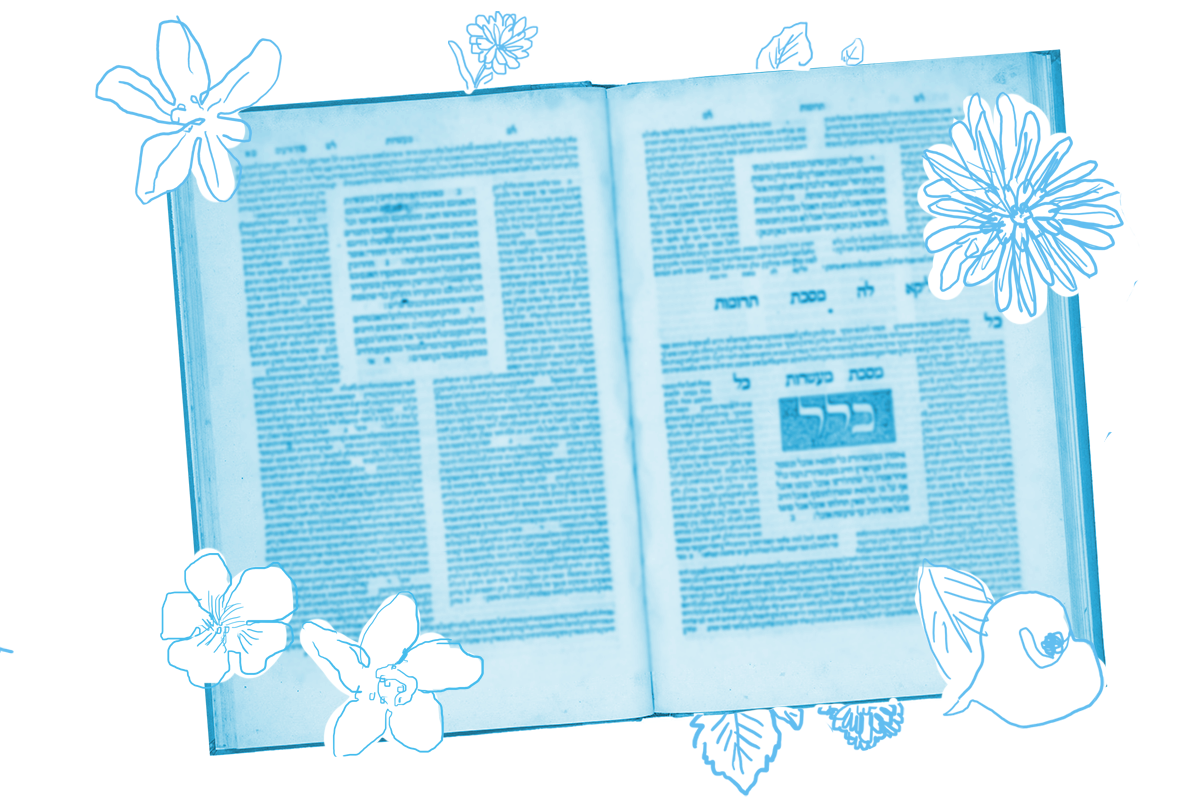On yesterday’s daf, we learned this in a mishnah:
One may eat and drink in the framework of a casual meal outside the sukkah.
At first blush, this ruling may seem surprising, as we have seen throughout this tractate that Jews are commanded to treat our sukkahs as our homes during the week of the festival: sleeping, studying, relaxing and eating in them. In order to resolve this dilemma, and to explain how and when a light snack does not count as a full meal, the Gemara on today’s daf revisits the mishnah in order to delineate what constitutes a casual meal.
Rav Yosef said: It is an amount of bread that has the volume of about two or three eggs. Abaye said to him: But often, doesn’t a person suffice with that measure of food, and then its legal status is that of a formal meal? Rather, Abaye said: A casual meal is like the measure that a student of the academy of Rav tastes and then enters the study hall to hear the lecture.
With your help, My Jewish Learning can provide endless opportunities for learning, connection and discovery.
According to the Gemara, there are two possible determining factors for whether the refreshment one consumes should be categorized as a meal or just a nosh: quantity and circumstance.
Rav Yosef reasons that quantity is the determinant: If it’s just two or three egg-bulks of bread, it’s a snack. (If you think you’ve heard this argument before, you’d be correct: The Gemara on Eruvin 83 features a dispute about the volume of bread required for a formal meal.) It follows that anything smaller than that amount would not constitute a proper meal and would thereby fit our nosh category.
But wait! Abaye raises an important point: Not everyone has the same appetite. For some people, this small amount of food might in fact suffice to keep them going. Abaye instead introduces a different criterion: the circumstances in which one consumes that refreshment.
With his suggestion that a nosh constitutes the amount of food that a student would grab on the way to class, Abaye conjures up a vision that students of all ages can recognize: The lecture is about to start, it’s going to be at least an hour before you see daylight again, and you’re already (still?) hungry. In that moment, you’re not looking for a sit-down meal. You want something you can grab with one hand while sprinting to class.
Abaye is speaking from experience. After all, the rabbis were both teachers and learners in the academy. Arriving late was not even a consideration; making sure to get a snack on the way to class was the goal. And presumably, such a student was also heedful of the mitzvot.
With that example in our heads, we can now determine what it means to have just a nosh or a full meal. If it’s both a full meal in terms of quantity of food as well as one you intend to relax over, eat it in the sukkah. If it’s a small amount of food that can be eaten on the fly, it’s a nosh — and you can consume it outside the sukkah without worrying that you missed a mitzvah (if not a meal).
Read all of Sukkah 26 on Sefaria.
This piece originally appeared in a My Jewish Learning Daf Yomi email newsletter sent on August 2nd, 2021. If you are interested in receiving the newsletter, sign up here.



